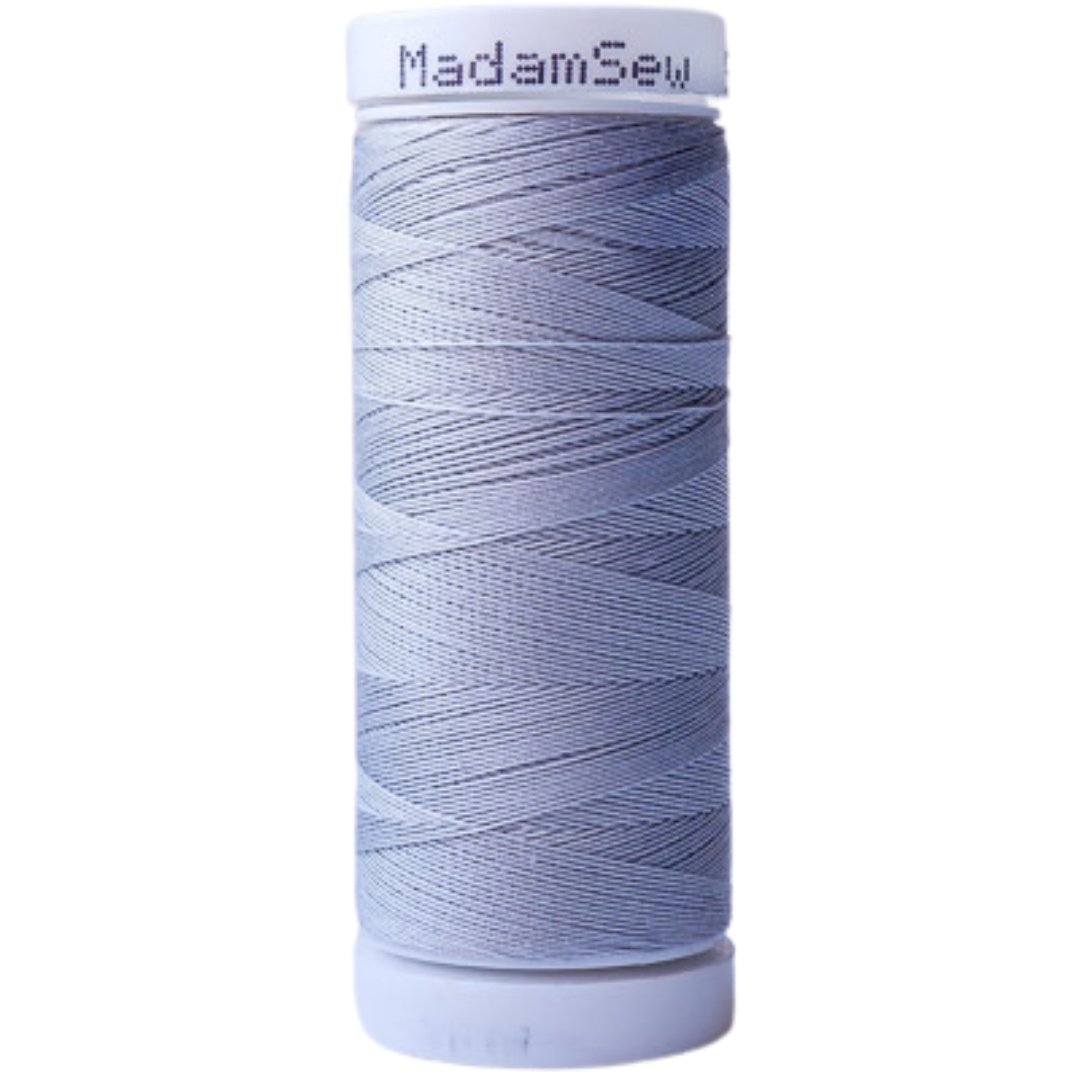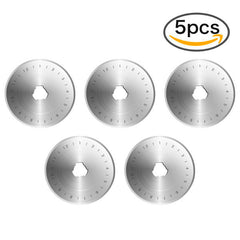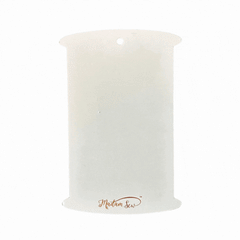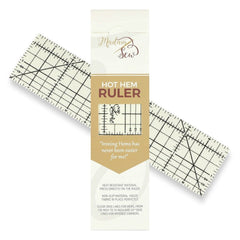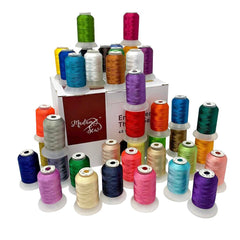HOW TO MAKE AN ATTIC WINDOW QUILT BLOCK THE EASY WAY
Attic Window Quilt Block
Do you like making traditional quilt blocks? Are you looking for an Attic Window free quilt pattern? Then, you’re in the right place. I find joy in writing quilt blogs that translate traditional quilt blocks into fast, easy and stress-free designs that are suitable for all levels of quilters. The Attic Window quilt block is a great example of this. It looks intricate. It has angles, it has straight seams that must be aligned, as well as Y-seams and bias seams.
Y-Seam, Angle And Bias Seam Examples
Definition Y-seam: Y-seams are when three seams are joined together in the shape of a Y. Bias seams are when two seams are joined together from fabric cut on the stretchy or bias edge.
The Attic Window quilt block’s angles and seams are challenges. Let’s imagine making a nice big pile of these challenges. Now, let’s sweep this pile away because they won’t appear in the quilt block project I’m sharing with you. All you’ll need to make the Attic Window quilt block is two quilt blocks joined with sashing.
A Brief History Of The Attic Window Quilt Block
The Attic Window quilt block was introduced in the 1930s by a publication called Farm Journal. In those days, farm publications had content for the entire family, and that included content for quilters. The Attic Window quilt block was inspired by European stained glass windows.
Attic Window Quilt Block Variations
Ninety-five years later, the Attic Window quilt block has evolved. Some variations are 3D or Shadow Box, Scenic and my favorite – Picture Frame. A quilt featuring the Attic Window quilt block is stunning but best of all, no one will know how easy it was for you to create it.
Checklist and Supplies Needed To Make An Attic Window Quilt Block
Be prepared for this Attic Window quilt block project. See “Supplies”, “Fabric” and “Getting Ready To Sew”.
Supplies and Tools
These are the tools and supplies that I used to make this super fast and easy corner Attic Window quilt block.
• Quarter Inch Presser Foot for piecing the block
• A 90/14 Sewing Machine Needle
• Optional Rulers: 8.5-inch Square and 5-inch Square and 4.5-inch Square.
• Long Flower Pins or Sewing Clips
• Rotary Cutter, 6 X 24 inch Ruler and a Rotating Cutting Mat
Closeup Of Supplies
Fabrics
The finished Attic Window quilt block will be 12-inches square. You will need the following fabric squares and sashing to make it:
• One 8.5-inch square of medium shade fabric. This is the large square.
• One 8.5-inch wide by 4.5-inch deep strip of a dark shade of fabric. This is the sashing to the left of the large square.
• One 8.5-inch wide by 4.5-inch deep strip of a light shade of fabric. This is the sashing at the bottom of the large square.
• One 5.5-inch square of fabric that matches the light shade of fabric. This will be used to make a two-color half square triangle.
• One 5.5-inch square of fabric that matches the dark shade of fabric. This will be used to make a two-color half square triangle.
Attic Window Fabrics
Getting Ready to Sew
Use your favorite way to prepare for a new project or try my proven, stress-free method described in this blog post that I’ve written last year: “Getting Ready To Quilt-The Ultimate Checklist”.
Make An Attic Window Quilt Block In Five Easy Steps
The Attic Window quilt block is created in five steps:
• Step One: Construct the half square triangle.
• Step Two: Sew the bottom sashing to the large square.
• Step Three: Sew the half square triangle to the left sashing.
• Step Four: Sew the left sashing-half square triangle to the left of the large square.
• Step Five: Trim the Attic Window block to 12-inches square.
Attic Window Block Layout
Step One: Construct the Half Square Triangle
Let’s start by making the half square triangle. It is the smallest pieced block of this project, but don’t underestimate it. The half square triangle block does all the heavy lifting of simplifying the Attic Window quilt block. Here’s why: It replaces the need to sew a Y-seam, a bias seams and an angle! And best of all, after the half square triangle is completed, you’re three seams away from completing the Attic Window quilt block. I told you this was easy!
Closeup Of Dark Fabric Square
Take one 5.5-inch square of the dark shade of fabric and place it face up in your workspace.
Closeup Of The Aligned Squares
Take one 5.5-inch square of light shade of fabric and place it on top of the dark shade of fabric. The wrong side of the light shade of fabric should be facing you. Check to confirm all sides of the squares are properly aligned.
Diagonal Line Drawn On The 5.5-inch Square
Use a heat erasable pen to draw a diagonal line down the center of the light shade of fabric square.
Diagonal Line With Stitches On Each Side
Use a quarter-inch presser foot to sew a quarter inch on each side of the diagonal line.
Cutting The Square Cut Along The Diagonal Line
Cut the square along the diagonal line with your rotary cutter and rotating cutting mat. This will produce two 5.5-inch half square triangles.
Pressed And Trimmed Half Square Triangles
Press open each half square triangle and trim each to 4.5-inches square. Place the half square triangles aside. Shortly, you’ll grab one half square triangle to complete the left sashing of the Attic Window quilt block.
Step Two: Sew the Bottom Sashing to the Large Square
Use a ¼-inch seam to sew the light sashing to the bottom of the large square. You’re almost finished with this project. The next few steps can be accomplished in minutes!
Sashing Sewn To The Bottom Of The Large Square
Step Three: Sew the Half Square Triangle to the Left Sashing
Half Square Triangle Sewn To The Left Sashing
Take the half square triangle and sew it to the dark shade of fabric. This will create the left sashing. The dark shades of fabric should meet. And the point of the diagonal will be offset by ¼-inch.
Step Four: Sew the Left Sashing-Half Square Triangle to the Left of the Large Square
Left Sashing-Half Square Triangle Sewn To The Large Square
The left sashing and half square triangle forms a longer strip of fabric that will neatly fit to the left of the large square.
Half Square Triangle Point Aligned With Large Square And Bottom Sashing
The half square triangle creates a mitered corner that gives the Attic Window block a 3D look. It is very important that the half square triangle diagonal point is aligned with the large square and the bottom sashing.
Tip: For perfect seam alignment, nest the seams. Pin the seams vertically and horizontally, this will avoid shifting out of alignment as you sew.
Test the alignment by sewing a few stitches before and after the alignment point. Then, check the front of the block to confirm the alignment is perfect. (If the alignment is off, use your seam ripper to remove these few stitches.) It is easier to get the perfect alignment this way rather than removing the stitches from an entire seam. Ask me how I know this!
For step-by-step instructions on how to get a perfect seam alignment see MadamSew blog Beginning Quilting – Basics, Tools And A Simple Block.
Step Five: Press and Trim the Attic Window Block to 12-inches Square
Finished Attic Window Quilt Block
The piecing for your Attic Window Block is complete. Press the block flat and make sure that the seams on the back of the block are flat as well.
Trim the block 12-inches square. Now marvel at your wonderful work! You can use this Attic Window quilt block as the front of a small pillow top or make multiple blocks to create a lovely quilt.
Take a bow! In this project, you applied your skills in half square triangles and perfect seam alignment to create the intricate to make the unique Attic Window quilt block.
Don’t stop now, keep the creativity going. Madam Sew has lots of free quilt blocks and free quilt patterns to try. Here are just a few:
May your quilting always bring you joy!
Ernie Grant
Guest Blogger For Madam Sew
Ernestine “Ernie” Grant is an avid quilter with over 17 years experience and is the owner of the custom baby quilt business kalibabyquilts.com. As an African American living in Harlem, NY her view of quilting is shaped by her heritage and the elders who taught her–Quilting is not just thread, fabric and stitches. It is art, it is love, it is community.









